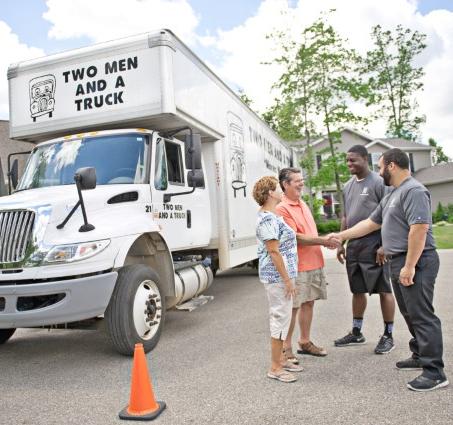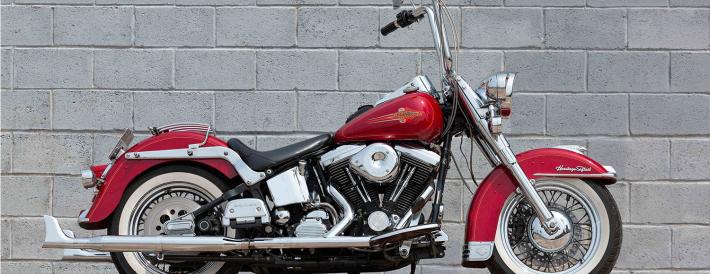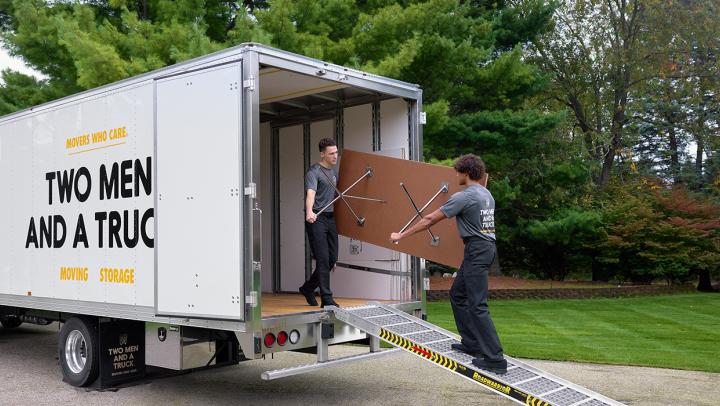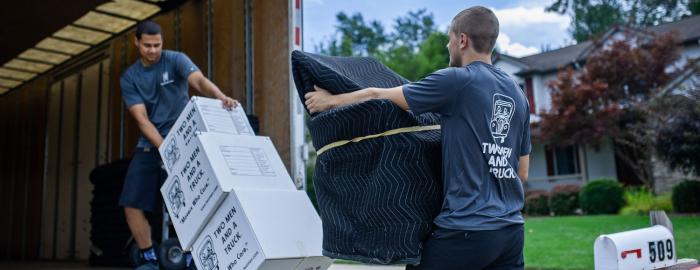So, you need to transport your motorcycle? Maybe you’re moving across the country, maybe you bought your dream bike in another state, or maybe you just need to get it to a mechanic without actually riding it. Whatever the case, moving a motorcycle isn’t just tossing it in the back of a truck and hoping for the best. It takes planning, the right equipment, and a little common sense—something many people seem to leave behind when they start moving big, expensive objects.
Now, you could wing it, but that’s how bikes tip over, gas leaks, and heartbreak happens. Instead, let’s break this down step by step so that you can get your motorcycle from Point A to Point B without turning it into scrap metal.
What You Need
-
Ramp
For easier loading of the motorcycle onto the moving truck.
-
Ratchet Straps
To secure the motorcycle in place so it does not fall over.
-
Motorcycle Cover
To protect the motorcycle from any damages during the move. Moving blankets will work as well.
-
Wheel Chock
To keep the motorcycle stable and prevent it from rolling.
-
Gloves
For better grip and protection while handling the motorcycle
Step-by-Step Instructions
-
1Step 1Prep the Motorcycle
Before you even think about moving your motorcycle, give it a little TLC. Start with a good wash—dirt and grime can hide existing scratches, and the last thing you want is to confuse an old scuff with a new one after the move. Once it’s clean, inspect the bike for any pre-existing damage and snap a few photos from different angles. This way, if anything happens during transport, you’ll have proof of its original condition.
Next, check the tire pressure and inflate them to the manufacturer’s recommended PSI. Properly inflated tires help with stability when loading and securing the bike. Remove any loose accessories like saddlebags, GPS mounts, or phone holders—basically, anything that could shake loose or get damaged in transit. Fold in or remove the mirrors, lock the handlebars, and make sure you have all the necessary securing gear ready. A little preparation here will make the actual move a whole lot smoother.
-
2Step 2Drain the Gas from the Motorcycle
Draining the gas tank is a crucial step to prevent leaks, reduce fire hazards, and keep your transport as clean and safe as possible. Ideally, you want to get the tank as close to empty as you can before moving day. If you still have a decent amount of fuel left, take the bike for one last joyride—think of it as a farewell cruise before the big move.
If there's still gas left after that, siphon the remaining fuel into an approved container. Be sure to do this in a well-ventilated area and follow local disposal regulations—no one wants a surprise fire hazard on their hands. Once the tank is empty, give the fuel cap a firm twist to ensure it’s sealed tight. With this step out of the way, you're one step closer to a smooth and spill-free move.
-
3Step 3Load the Motorcycle
Now comes the real test—getting your bike onto the truck without turning it into a viral “moving fails” video. First, make sure you have a sturdy loading ramp. If you’re renting a truck, check that its ramp can handle the weight of your motorcycle. Set it up on level ground, ensuring a gradual incline to prevent any sudden shifts or slips.
With a friend’s help, guide the bike up the ramp slowly and steadily. Keep the motorcycle in neutral and use controlled movements—no sudden lunges. If you’re using a powered ramp or lift, even better! Once inside the truck, position the motorcycle toward the front, resting on its kickstand. The goal is to keep the weight evenly distributed while avoiding unnecessary movement during transit. Now, it’s time to lock that beauty down so it doesn’t tip over mid-ride.
-
4Step 4Secure the Motorcycle
With your motorcycle loaded, it's time to lock it down. Start by positioning the front wheel firmly against one of the corners of the moving truck to prevent movement. Use ratchet straps to secure the front end, attaching them to solid parts like the lower fork tubes or frame—never the handlebars. Tighten each side evenly, compressing the suspension slightly for stability.
Next, secure the rear with additional straps, ensuring there's no slack. Give the bike a firm shake—if it moves, tighten it more. A properly strapped-down motorcycle should be rock-solid, ready to handle the bumps and turns of the road without shifting.
Let’s cut the excuses—your time is worth more than the stress of a DIY move gone wrong. Don’t be that guy chasing his motorcycle down the highway because he “thought the straps were tight enough.” Call TWO MEN AND A TRUCK® today and let’s get your ride where it needs to go, safely and without the drama.

Thinking of Moving Yourself?
Think Again!
While moving yourself may seem less expensive... the costs add up.
Do-It-Yourself Moving Costs:
- Truck Rental
- Mileage
- Fuel Charge
- Additional Insurance
- Equipment Rental
(straps, rope, furniture pads, bungee cords, stretch wrap, dollies, etc.)
- Time
- Boxes & Packing Supplies
- Possible Damages
(belongings, relationships, & injuries)
- Recruiting Friends to Help
- Food & Beverages
- Chiropractor Visits
- Packing a Truck
- Learning How to Maneuver a Moving Truck
- Broken Promises
Call TWO MEN AND A TRUCK
We can move as much or as little as you need while fitting your schedule & budget!






